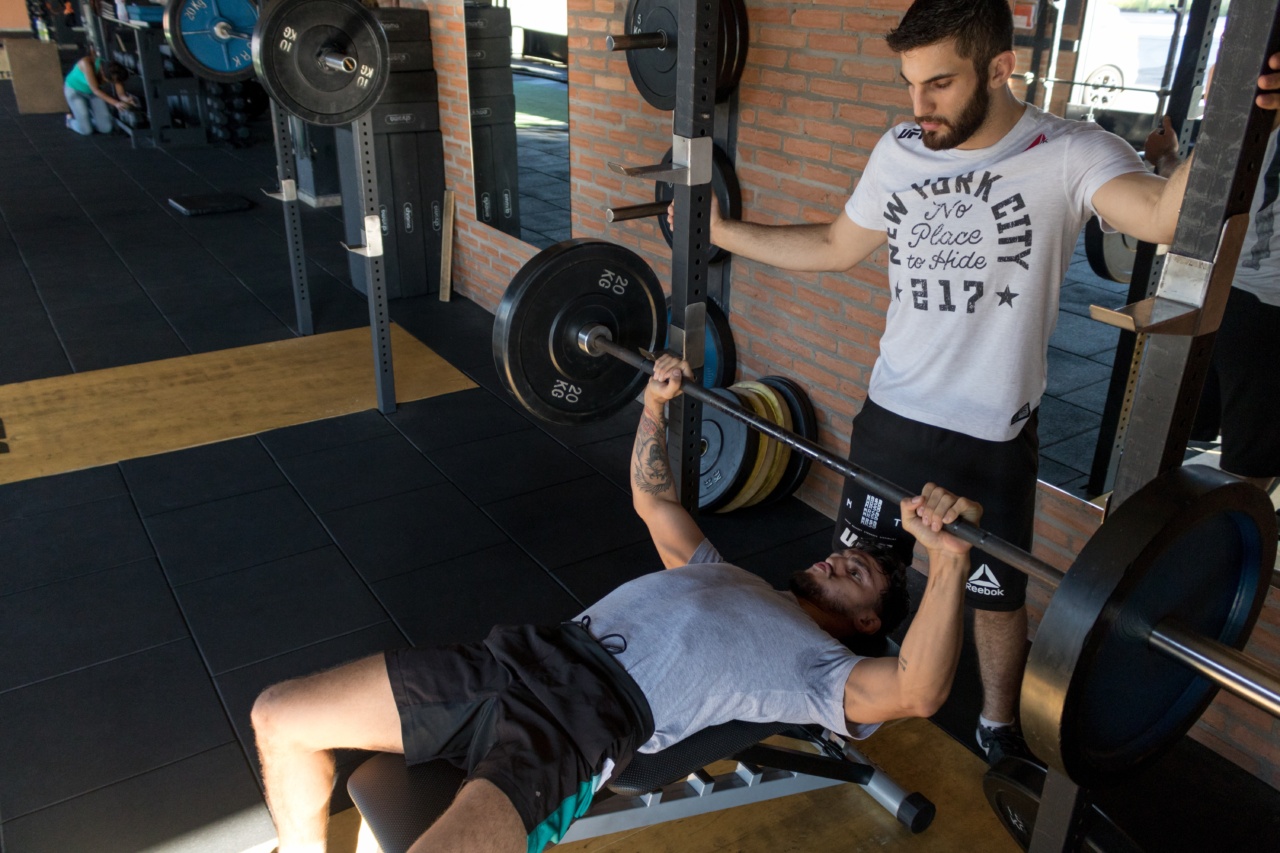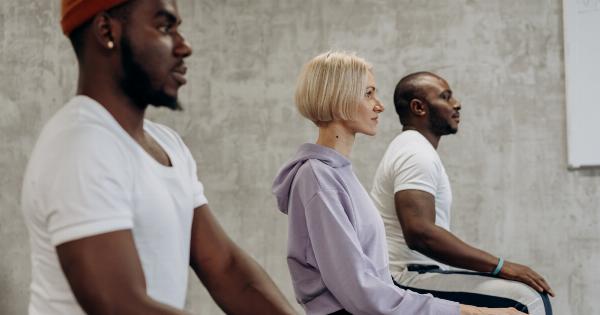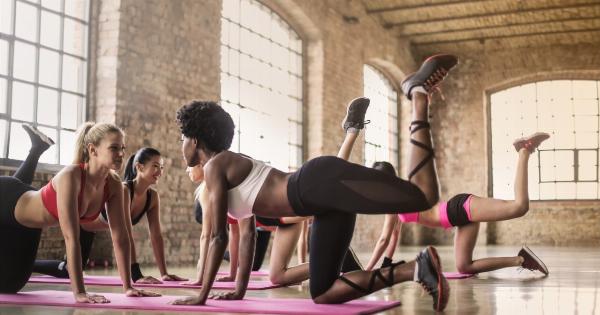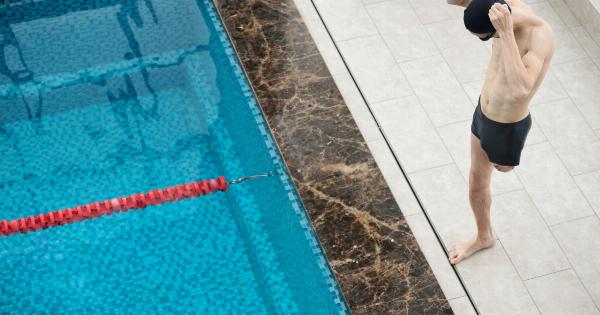Strong leg muscles are crucial for overall health and well-being. Not only do they support your body weight and allow you to move freely, but they also play a significant role in preventing injuries and enhancing athletic performance.
Whether you’re a professional athlete or simply someone who enjoys an active lifestyle, having strong leg muscles is essential.
The Benefits of Stretching
Stretching is an excellent way to improve your leg muscle strength and flexibility. When you stretch, you increase the blood flow to your muscles, which helps deliver essential nutrients and oxygen to them.
This, in turn, promotes muscle growth and repair. Regular stretching also improves your range of motion, making it easier to perform daily activities and exercise properly.
Top Stretches for Stronger Leg Muscles
1. Standing Quad Stretch.
Start by standing upright and grab your right ankle with your right hand. Pull your heel towards your buttocks, feeling a gentle stretch in the front of your thigh. Hold for 30 seconds and repeat on the other leg.
2. Hamstring Stretch.
Find a comfortable place to sit on the floor, with your legs extended in front of you. Slowly reach forward with your hands towards your toes, keeping your back straight. Hold the stretch for 30 seconds.
3. Calf Stretch.
Stand facing a wall and step one leg forward, placing your hands on the wall at shoulder height. Keep your back leg straight and press your heel into the ground. You should feel a stretch in your calf muscle. Hold for 30 seconds and switch legs.
4. Butterfly Stretch.
Sit on the floor with the soles of your feet touching each other. Hold onto your ankles and gently press your knees towards the ground. You should feel a stretch in your inner thighs. Hold for 30 seconds.
5. Standing Toe Touch.
Stand with your feet shoulder-width apart. Slowly bend forward from your hips, reaching towards your toes. Be sure to keep your back straight. Hold the stretch for 30 seconds.
6. Glute Stretch.
Lie on your back with your knees bent. Cross one ankle over the opposite knee and gently pull the uncrossed leg towards your chest. You should feel a stretch in your glutes. Hold for 30 seconds per leg.
7. IT Band Stretch.
Stand with your feet hip-width apart. Cross one leg behind the other and lean your upper body towards the opposite side. You should feel a stretch along the outside of your thigh. Hold for 30 seconds per leg.
8. Adductor Stretch.
Stand with your feet wider than shoulder-width apart. Shift your weight to one side, bending your knee while keeping the other leg straight. You should feel a stretch in the inner thigh of the straight leg. Hold for 30 seconds per leg.
9. Quadricep Stretch.
Lie on your side and bend one knee, bringing your heel towards your glute. Reach back and grab your ankle, gently pulling it towards your buttocks. You should feel a stretch in the front of your thigh. Hold for 30 seconds per leg.
10. Seated Hamstring Stretch.
Sit on the edge of a chair with one leg extended in front of you. Lean forward from your hips, reaching towards your toes. You should feel a stretch in the back of your thigh. Hold for 30 seconds per leg.
Tips for Effective Stretching
Now that you know some beneficial leg stretches, here are a few tips to make your stretching routine more effective:.
1. Warm-up first: Always warm up your muscles with light cardio exercises before stretching. This helps increase blood flow and prepares your muscles for the stretches.
2. Breathe deeply: Take deep breaths throughout each stretch to relax your body and promote better oxygen flow to your muscles.
3. Don’t bounce: Avoid bouncing or jerking movements while stretching, as it can cause injury. Instead, hold a slow and steady stretch without any sudden movements.
4. Use props if needed: If a particular stretch feels challenging, use props such as yoga blocks or straps to assist you. These props can help you maintain proper form and gradually increase your flexibility.
5. Be consistent: Aim to stretch your leg muscles at least a few times a week. Consistency is key to achieving and maintaining stronger leg muscles.
Incorporating Stretching Into Your Routine
To make stretching a regular part of your routine, try the following:.
1. Schedule it: Set aside specific time slots in your calendar dedicated to stretching. Treat it as a non-negotiable appointment with yourself.
2. Combine it with other activities: Stretching can be done before or after workouts, walks, or any physical activity. It complements these activities and enhances their effectiveness.
3. Find a stretching buddy: Invite a friend or family member to stretch with you. Not only will it make the experience more enjoyable, but it will also help you stay motivated and accountable.
4. Join a yoga or Pilates class: Yoga and Pilates classes often incorporate various leg stretches into their routines. Joining a class can provide guidance from an instructor and the opportunity to learn new stretches.
Conclusion
Regular stretching is a simple yet powerful way to develop stronger leg muscles. By incorporating a variety of stretches into your routine and staying consistent, you can improve muscle strength, flexibility, and overall leg health.
Strong leg muscles not only support your daily activities but also contribute to your athletic performance and reduce the risk of injuries. So, start stretching today and reap the many benefits it offers!.































